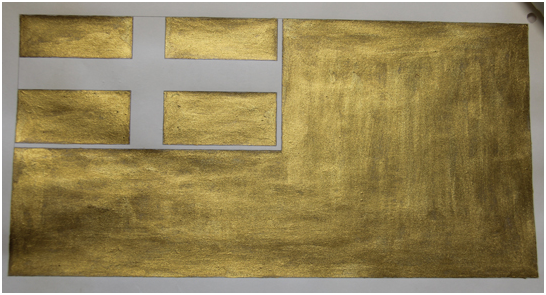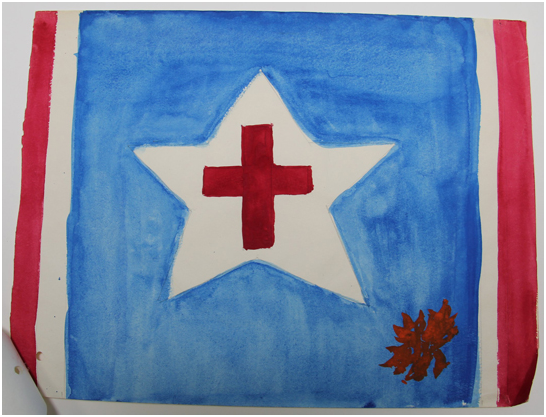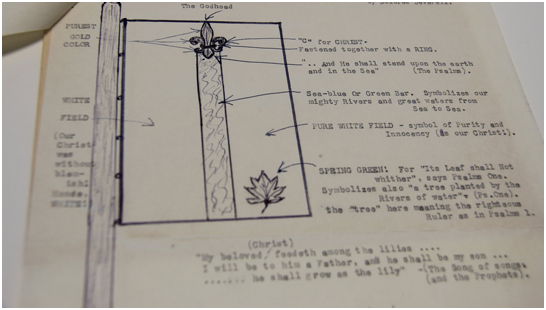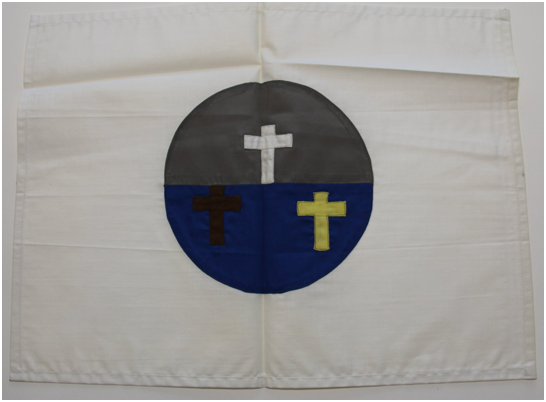
The rejected Canadian Flags and the religious history of the country
- By Alison Lesley --
- 23 Feb 2015 --

The citizens of Canada celebrated Canadian Flag Day and marked its 50th anniversary this month. The current flag showcasing a maple leaf had many religion-based competitors.
The dawn of the 1960s was a significant period in the books of Canadian history that has defined the national identity of the sparsely populated North American Country for over 50 years and counting. That historic time dubbed moment of “the flag issue,” was such a time when thousands of patriotic Canadians inundated with their barrage of symbolic suggestions that were to be nominated and adopted as the new national flag for the country.
The submissions saw a diverse cross-section of symbols containing beavers, maple leafs, and a fair supply of biblical images.
As the simple but excessively elegant maple leaf flag of the country celebrates its 50th anniversary triumph over the other thousand and one submissions that did not quite make the cut, a quick visit to the Library and Archives Canada tells a bit of a story about the religious inclinations of the nation as depicted by these flags back then, in comparison with contemporary times.
According to The Star, in the 1961 census, Christian denominations accounted for 95 percent of Canadians: (Catholics were 45.7 percent of the population, followed by United Church of Canada at 20 percent and Anglican at 13.2 percent) Those practicing Judaism made up 1.5 percent of the population, three per cent of Canadians were “other or not stated,” and .5 percent had no religion.
With the percentage of Canadians identified as having no religious affiliations seeing an astronomical leap from a very insignificant 0.5 to a whopping 23.8 percent between 1961 (few years before the flag submissions were made) and 2011, it is only going to be interesting to review what the religious-themed flags meant to and for the country then.
Below are images and descriptions of 6 submissions from “the flag issue” days, as culled from The Star, that did not make it, but are remarkable and worth featuring for their use of religion.

In the entry above, a Manitoba man brilliantly tried to incorporated religion without much feature of the traditional symbols. In his own words, “the hand on our flag will also be shown as reaching out in the Heavenly blue, the Home of Our Loving God, Giving Thankful Worship and asking for Help and Guidance.”

Dubbed as the gleaming flag, the designer was trying to communicate the importance of worship to God.
In the description of his minimalist piece, the designer said “During the 1963 federal election campaign, you have foretold that within the period of the new Parliament . . . Canada will have a national flag. I sincerely wish to offer any help for you to achieve successfully this high aim . . . Gold is the symbol of worship, respect and recognition of the sovereignty of God. The aim is to suggest a simple emblem that will promote, perpetuate, enhance, and depict the spirit and symbol of our Fathers of Confederation (1867),” this Toronto man wrote to Prime Minister Pearson in December 1963.”

In this piece, a self-described “mere nobody” female Toronto entrant wanted the star and cross to take prominence and have the maple leaf kneeling reverently in “humble homage.”
In her own words “the cross means salvation but the Maple Leaf just withers and dies . . . We are now living in a very degenerate and materialistic period in history – the worst ever I heard preacher state over the radio last Sunday. . . Nothing appears to be sacred anymore . . . no wonder the ‘teenager’ becomes a menace to society . . . I hope you won’t just through this letter in the W.P.B. (waste paper basket) as I have seen other politicians do when they receive a letter such as this, saying, ‘Crank’ and sitting smug and snug . . . I hope you will enjoy and appreciate receiving the candid comments of a mere nobody.”

In this entry, a Canadian woman advocated for a biblical interpretation for the flag.
“I speak in the Name of the most High God – the God of the ENGLISH Bible,” she writes, explaining that the flag would be white: “Our Christ was without blemish! Hence, WHITE!” It would also incorporate a Fleur-de-lis. It would be a “FLAG WITH A TRUE MEANING!”

This entry was made by an Ontario MP on behalf of his constituent. The fabric flag simply featured 3 crosses.
All in all, these flags together with their embedded symbols and lyrical descriptions point anyone who cares to know in one direction: Canada, as a nation, was a very religious one.
For the full article containing images and descriptions of other entries, go to The Star.


















